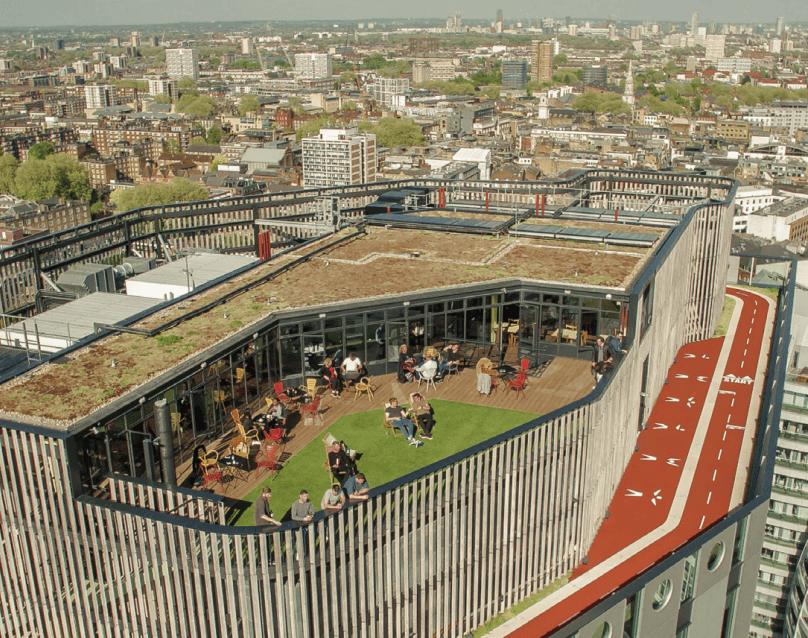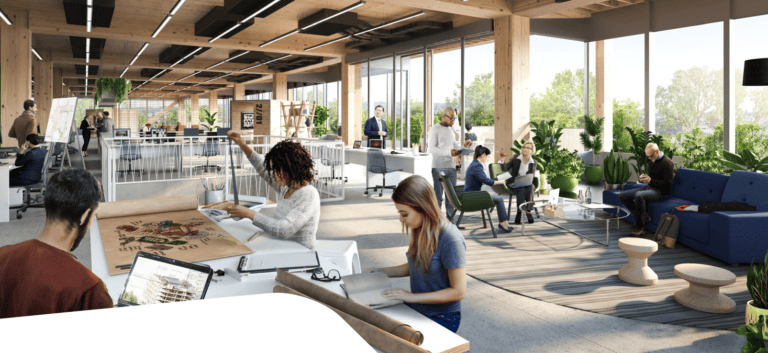White Collar Factory

Approaches Used
JLL sought to understand the impact of White Collar Factory from the perspective of the stakeholders who experienced a significant change (positive or negative) as a result of the project. Identifying what changed for priority stakeholders helped JLL to move beyond traditional impact assessments that rely on output measures (e.g., number of workers) towards an assessment that focusses on outcome measures (e.g., improved quality of life scores or improved sense of place). The socioeconomic impact assessment focused on what value (if any) value the project has for the immediate neighbourhood and local stakeholders.
Identifying priority stakeholders
- JLL began by brainstorming all potential stakeholders.
- Priority stakeholders were then determined using a stakeholder prioritisation exercise to assess the influence each stakeholder has over the building (e.g., the extent to which they can influence the continued operation of the building) and the extent the building has an impact on them (e.g., livelihood or delivery of services). This exercise used a scale of 1 to 5 to provide a score.
Put in place a social value measurement framework
- With priority stakeholders established, Envoy Partnership supported JLL to conduct an urban design and impact analysis to assess the buildings fit and sensitivity to the urban fabric of the local neighbourhood. This was complimented by qualitative interviews and surveys with residents, workers, and local businesses.
Key Sustainability Objectives/ Outcomes
Derwent London agreed four priority social value outcomes for the scheme:
- Support local prosperity.
- Create employment and training opportunities for local people.
- Have a positive impact on the wellbeing of tenants and the local community.
- Create net positive impact on the community.
Related members
Related
Brent Cross Town

Greening Swinton Square

Yorkhill

Department for Transport – Floodwater Management Grant


